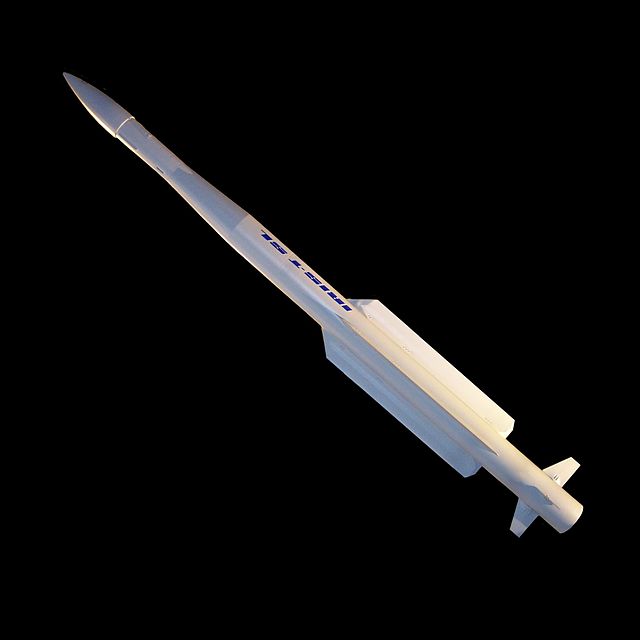watermelonman
Well-Known Member
- Joined
- Sep 22, 2014
- Messages
- 2,597
- Reaction score
- 10
What is the primary reason people use body tube transitions? I understand looks, and I understand when constraints such as payload dictate, but beyond that I am curious if there is some big aerodynamic function I am missing out on. I would think that the widest part of the airframe is more important than having some partial length narrower, though.








